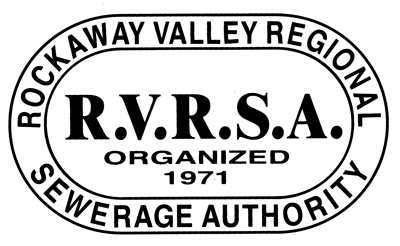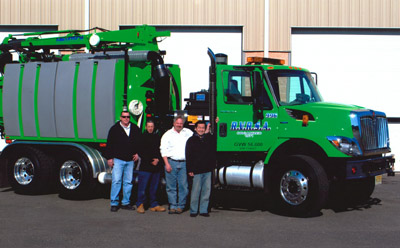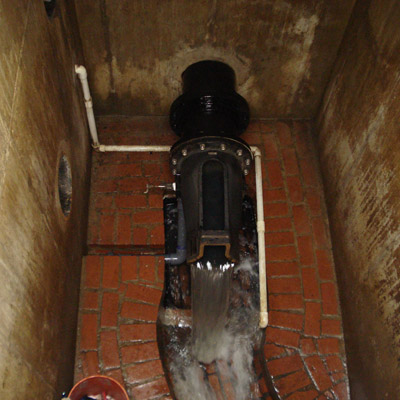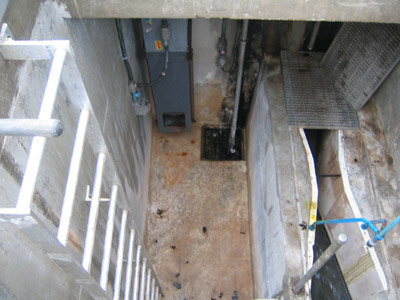Interceptor Sewer
Interceptor Sewer
The RVRSA owns and maintains approximately 14.6 miles of interceptor sewer, beginning at the boundary between Jefferson and Roxbury Townships. It is estimated that nearly 93,000 people are presently being served by the RVRSA facilities.
The original interceptor sewer, which served the RVRSA service area, was constructed by the City of Jersey City in 1922 – 1924. A few sections of this sewer line still exist today, including a section around the Jersey City reservoir in the Town of Boonton.
In 1976, the RVRSA was awarded a grant to construct the interceptor sewer we have today. The construction began in April 1977 and ended in December 1981.
In addition to the interceptor sewer lines, RVRSA has four (4) branch interceptors in the areas of Randolph and Rockaway Townships, which provides service to areas which are distant from the main sewer interceptor. The branch interceptors include: The Jackson Brook Branch, Mill Brook Branch, Oak Street Branch and the Green Pond Brook Branch. These branches were completed in June of 1988.
Metering Chambers
Included in the interceptor system are Meter Chambers. The RVRSA has a total of 22 meter chambers. Member municipalities and customers* are billed based on wastewater flow measurements from individual meter chambers. *Mine Hill is currently billed based on EDU’s.
Meter chambers are typically 4 ft. by 10 ft. in size and have a variety of metering devices, such as: primary metering elements (Kennison nozzle or Parshal Flume) and secondary metering equipment (Ultrasonic devices).
All of the meter chambers have remote flow monitoring and alarm detection by use of the Mission System. Also, several interceptor meter chambers have activated carbon odor control systems, which have been installed to remove odors (such as Hydrogen Sulfide) commonly found with gases emitted from wastewater.
RVRSA has a designated “trunkline” crew who regularly maintain and inspect the meter chambers and interceptor sewer. Beginning in 2015 the RVRSA will perform televison inspections of it’s trunk line and siphons utilizing RVRSA staff and newly purchased TV inspection equipment.



